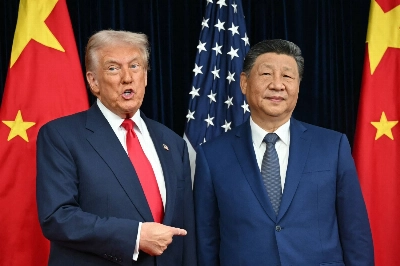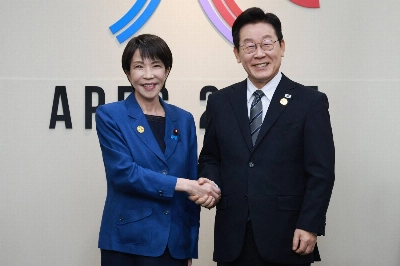Japan’s economy rebounded at a slower pace than expected in the three months through December, in a sign of ongoing weakness that will concern the central bank’s new governor amid intense speculation over possible changes in monetary policy after a decade of massive stimulus.
Gross domestic product expanded at an annualized pace of 0.6% in the fourth quarter, turning positive after a revised 1% contraction over the summer, the Cabinet Office reported on Tuesday. The figure came up short of analysts’ estimates of 2% growth.
While consumption recovered, helped by domestic travel spending, businesses cut back on their outlays more than forecast and inventories dragged heavily on the economy.

















With your current subscription plan you can comment on stories. However, before writing your first comment, please create a display name in the Profile section of your subscriber account page.